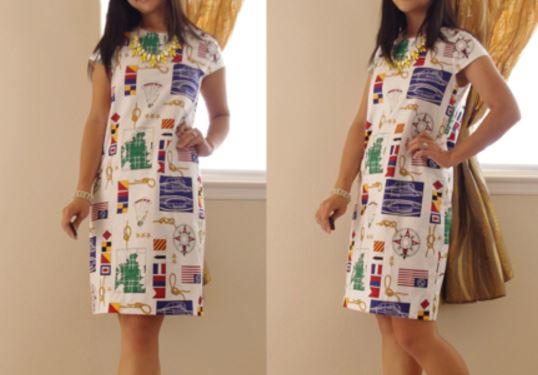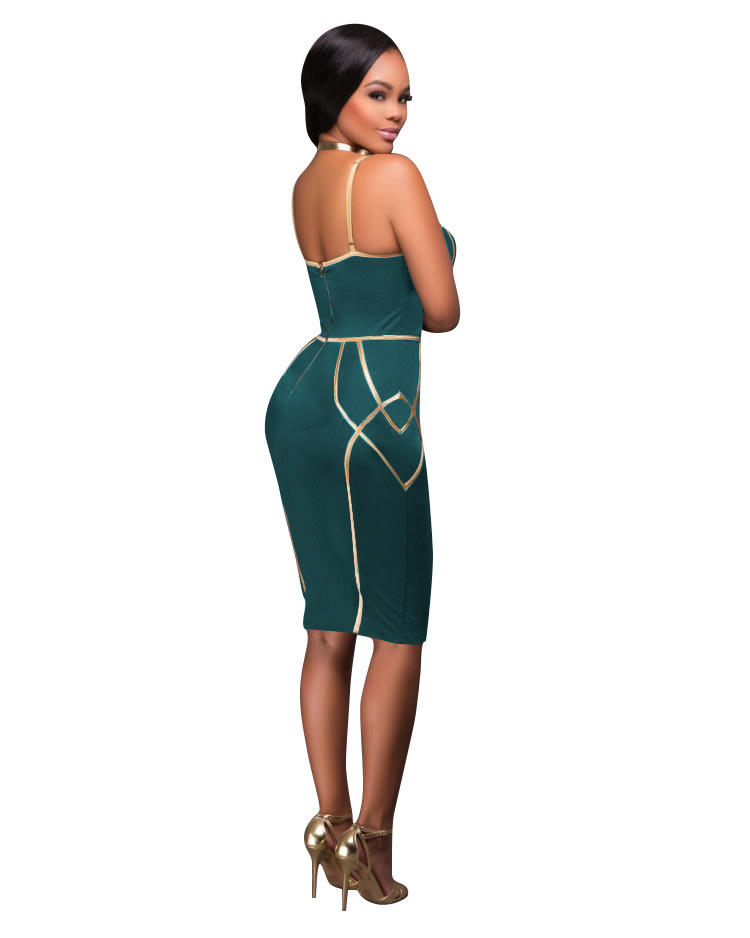

A shift dress falls straight down from your shoulders. Just choose a different neckline and sleeves and you will have completely different dresses. Both of them can be styled in many different ways. The sheath dress is fitted around the waist and hips.

The main difference is around the waistline. Both are uncomplicated dresses whose length ends more or less around the knee. That is a very common question, maybe because of both "shift" and "sheath" sound very similar, and in the end, because they are, by definition quite similar too. What's the difference between shift and sheath dresses? What if you combine your dress with sneakers and a tote bag? The ideal look for an outing at the office, brunch or any weekend event. In Casual Occasions: Maybe you didn't expect this one.Possibilities are endless as you can combine your sheath dress in summer or winter depending on the type of blazer or accessories. At the Office: The key here is to combine it with a blazer.Combine it with a pearl necklace, bold bracelet, and high heels and you are ready to attend any jet-set event. You can wear it over and over, just changing shoes and layering in different ways. At an Event: The commonly known "little black dress" is just a sheath dress in black color and will be your safe bet to go for a party.Let's discover 3 ways to style a sheath dress: A midi sheath dress (to the knee) is a great choice for the office. For example, a short sheath dress is great for evening or cocktail events. This means they can also be considered dressy or casual.
Sheath dress vs shift dress how to#
How to style a Sheath DressĪs we said before, sheath dresses can take on many forms. At sumissura you can design your own dress, so we encourage you to discover it and play with all the combinations. What defines the style of your sheath dress is 3 things:Ĭhoose these 3 elements according to your style and you won't pull off the dress during the whole season. You can find them longer, but they are not that comfortable to walk with. The length goes usually from mini-skirt to knee-length. A sheath dress is defined by its body shape: fitted at the waist, with or without a waist seam. In fact, there are no specific categorizations for sheath dresses. But as a Sumissura customer, you know we make them to your exact measurements, so you know it will fit you like a glove. Usually, sheath dresses are recommended for women with hourglass body type or heart shape. Depending on if you choose the high waist or normal sheath dress, darts start at a different height. Darts are a tuck that helps our tailors shape your garment according to your body type. New fabrics were used including PVC, synthetics and metal – even paper was used for disposable dresses and underwear.By definition, a sheath dress is usually tailored so it fits following the shape of your body, thanks to something called darts.
Sheath dress vs shift dress mod#
The Italian approach to tailoring, especially for men, was adopted by Mod culture and began to influence the way menswear developed too. Fashion started to become disposable and standards of workmanship fell in order to produce a much quicker turn around, and lower prices for young spenders. These garments suited youthful figures – teenagers and students who looked sensational in slim fitting, vibrant garments sold relatively cheaply in the boutiques of ‘Swinging London’. The music scene was important and the link between the mod look and the music of groups like the Beatles, Rolling Stones, Kinks and the Who, led to the introduction of geometric, bold and simplified shapes and designs into fashion. By the mid-sixties, the simple A line shift dress and the mini skirt came to dominate. Paris fashion and couture, as mentioned in Mary Harvey’s post, was challenged by British innovation. The 1960s were a revolutionary decade when working class youth began to set new style standards, and an explosion of design and modernisation was afoot internationally. The Shift as we know it came into its own in the 1960s.


This simple shift features the key elements of the shift dress as we know it. This dress from about 1926 is attributed to Coco Chanel. The origins of the 1960s shift dress lie in the 1920s when the short, usually sleeveless, shapeless and simplified dress allowed women to “shift” around, whether in terms of work, sports or dancing.


 0 kommentar(er)
0 kommentar(er)
